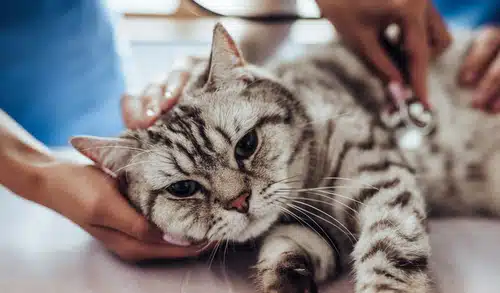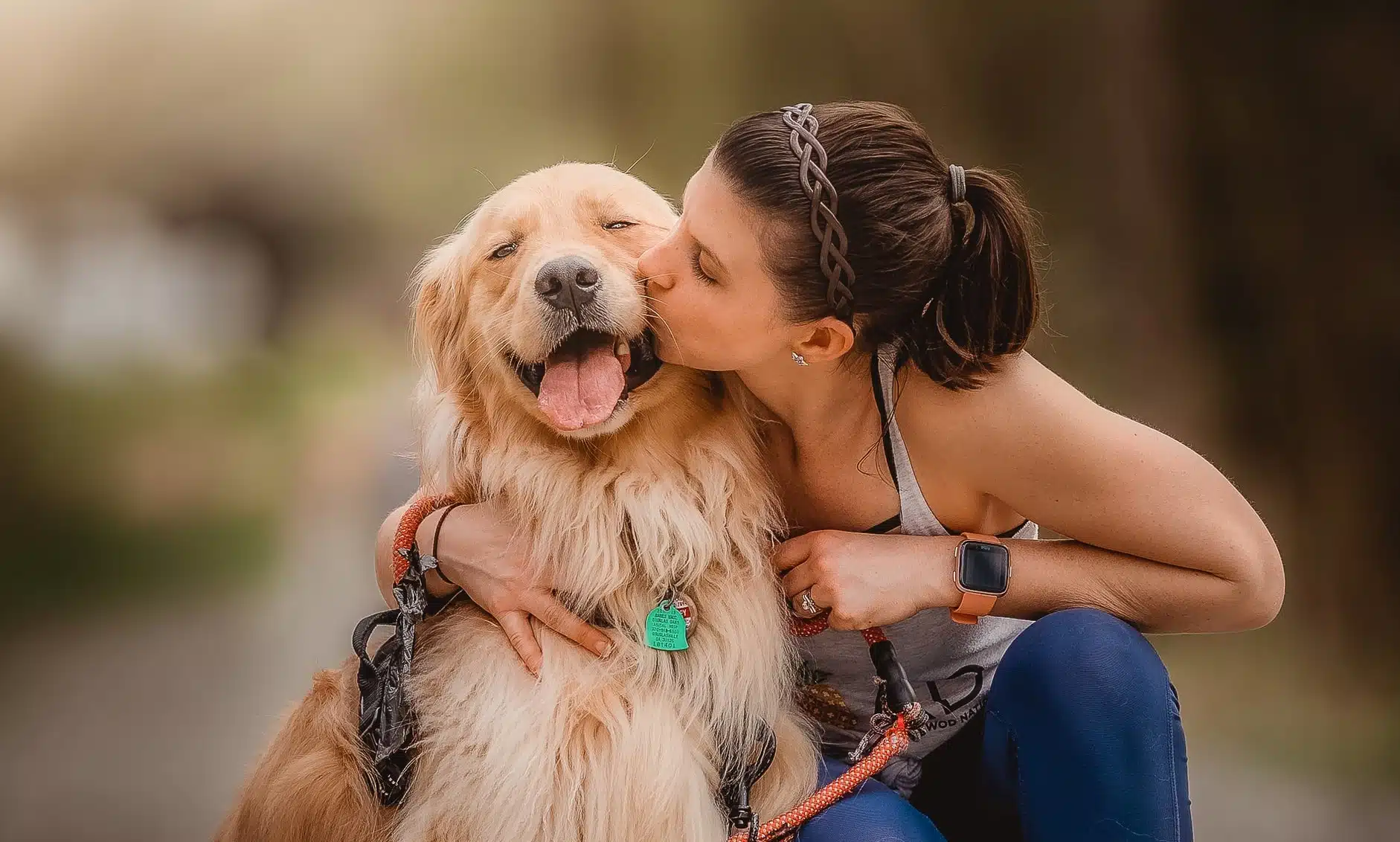Home » Blog » Pet » Pet Insurance Insights » Everything You Need to Know About Pet Insurance Reimbursements
Categories
Tags
animal welfare
breed profile
buying a car
buying a pet
Car
car accessories
car care
car features
car insurance
Car safety
car sales
car service
cat
cat behaviour
cat body language
Cat Breeds
cat food
cat insurance
comprehensive car insurance
Dog
Dog Behaviour
dog body language
Dog Breeds
dog food
Dog Insurance
dog training
eco friendly cars
Kitten
New Car
pet accessories
pet activities
Pet Adoption
pet breeders
pet days of the year
pet fun stuff
Pet Health
pet insurance
pet parenting
Pet Safety
pet services
Puppy
rescue pets
road safety
road trip
safe driving
Recent Blog:
Facebook Posts
4 days ago
True or false: A stiff brake pedal can stop your car from starting? Answers here…![]()
![]() 3 Reasons For a Stiff Brake Pedal and Car That Won't Start –
... See MoreSee Less
3 Reasons For a Stiff Brake Pedal and Car That Won't Start –
... See MoreSee Less
3 Reasons for a Stiff Brake Pedal and Car That Won't Start
www.pd.com.au
Help! My car isn't starting and the brake pedal is stiff - why?! First of all, if your brake is stiff and car won't start then you've already pieced6 days ago
Growing old sometimes means we can’t take care of pets anymore. Find out some advice on what to do when this happens:![]()
![]() Senior Pet Parents – Contingency Plans for Your Pet –
... See MoreSee Less
Senior Pet Parents – Contingency Plans for Your Pet –
... See MoreSee Less
Senior Pet Parents' Contingency Plans for Pets
bit.ly
Sometimes senior pet parents need more downtime. For older pet owners, this can be tricky to navigate if their dog or cat is full of beans and wants to1 week ago
Celebrating World Vet Day by expressing our gratitude to all the wonderful vets out there! You're the real heroes for our fluffy companions. #WorldVetDaye#ThankYouVetsu#PDPetsdpets
... See MoreSee Less
Have you ever wondered why pet insurance reimbursement is the standard industry model? By this we mean that when your pet needs vet treatment for a health ‘event’ you first pay the bills then submit a claim to your insurance provider. The alternative option being pet insurance that pays vets directly with customers only paying their excess and any other remaining costs, like a co-payment.
Since the rationale behind having pet insurance is to give your pet and pocket a soft landing in times of need, this is a great question.
Here, PD Insurance explains the ins and outs of the reimbursement model. We explain how it works and what the benefits to you and your vet are.
In this article
- How does pet insurance reimbursement work?
- Making a pet insurance claim for reimbursement
- So why have a reimbursement model?
- Why not have pet insurance that pays vets directly?
- Better understanding pet insurance and pet health
- How fast is a pet insurance reimbursement?
- The importance of combatting fraud
- Get a soft landing with pet insurance made simple

How does pet insurance reimbursement work?
How do reimbursements work in pet insurance?
It’s pretty standard practice for pet insurance to follow a reimbursement model. This is similar to many human private healthcare models and the process is fairly simple. The steps involve getting your vet invoices, making payment, submitting the paperwork to your insurer as a claim and receiving repayment.
It’s also similar to getting reimbursed for, say, travel expenses when you work for someone else’s business. You submit your receipts and get reimbursed. However, at your workplace, reimbursement may be timed for the end of the month. You’d want your pet insurance company to be quicker than that so you’re not out of pocket for long.
With PD Insurance, we’re all about getting your money back to you swiftly and without hassle, usually within two working days after you sending through all relevant claim paperwork.
Making a pet insurance claim for reimbursement
With PD Insurance, making online pet insurance claims is easy and fast. Say you take your pet to the vet for some kind of unanticipated health issue and the vet works through a diagnosis, treatment, surgery, hospital stay, post-surgery medicine, etc.
After you’ve received and paid the related vet bills you’d submit your pet insurance claim and documentary evidence (i.e. paid invoices, treatment notes).
If you’re with a provider like PD then you can submit your claim online via the website using your personal portal or emailing the claims team. You can hopefully do this any time of day, any day of the week. It should be fast and simple.
As you can see, you pay your vet and your insurer then repays you. Depending on your insurer, you might be reimbursed 100% of your eligible bills minus the excess if you haven’t reached your plan’s claims sub-limit or annual total defined benefit limit. Or, your plan might require a co-payment for claims on top of the excess payment, such as 20% of the total.

So why have a reimbursement model?
If you’ve ever received a message via the grapevine only to discover it wasn’t actually true/accurate, then you’ll know how hilariously disfigured messages can sometimes end up after being passed along through many people. In contrast, when it’s just two people talking there’s far less room for error.
Pet insurance reimbursement follows this logic. Let’s expand… When it comes to admin, especially around finances and payments, the simpler the better.
One-on-one relationships
You have a one-on-one relationship with your vet and a one-on-one relationship with your pet insurance provider. If that becomes a three-way relationship, the possibility increases for admin ending up looking like misunderstood whispers.
Payments could be incorrect, missed, rejected and generally have a greater possibility of looking like a dog’s breakfast. (Which in all earnestness is something that should be reserved for the vet’s examination table).
Further, a three-way administrative relationship around finances between your vet, your pet insurer and you requires your vet to be set up for that type of administration. They may need to become a partner or affiliate of your pet insurer and they may not want to. Which means you become restricted to using only the vets who are willing.
Keeping costs down (for you)
Additionally, if your vet has to start billing all the insurance companies in the land, it could create admin nightmares for them. This in turn could hike up their prices as well as pet insurance prices as both industries would need to hire more admin people.
With the pet insurance reimbursement model, there’s less room for error and misconduct and you’re more likely to have a satisfying experience with having your bills paid and your finances protected.
Of course, that’s not the only benefit.
Your financial safeguards
When it comes to the pet insurance vs savings debate, perhaps the answer is both. You have pet insurance because it’s affordable and the protection it offers is enormous. But you also keep a savings account to pay your vet bills directly before being paid back.
That account needn’t be depleted for longer than necessary, just top it back up with your pet insurance reimbursement. It’s also a good idea to have savings that go towards any pet insurance excess and co-payments (your contribution to your vet bill). Especially given this isn’t a regular household expense.

Why not have pet insurance that pays vets directly?
As we touched on earlier, another reason not to have pet insurance that pays the vet directly is that you want your dog or cat to go to the vet of your choice and not some other vet. Think of it this way… In human healthcare, it takes time to find and build trust with your preferred dentist, doctor, optometrist, gynaecologist, radiologist, etc.
Limited provider network
You don’t want to be forced to choose these medical specialists from a limited list of providers because they’re affiliated with your insurer. In addition to expert skill, you also want your medical practitioner (yours or your pet’s) to be someone you can communicate well with and trust.
The pet insurance reimbursement model allows for this, because you have choice and control over which vet to take your dog or cat to when they’re ill or injured. As long as they’re fully qualified you can use who you want.
On the other hand, pet insurance that pays a vet directly would, by necessity, have to lock you into a network of their partner providers. That means your pet’s medical health practitioner would no longer be your choice. Do you really want to be limited to choosing only from a pool of vets that have a relationship with your insurance provider?
Taking it further, think of how restricted you’d be if you lived in a small town or regional area. How far would you need to travel for a quality vet? How far would you need to travel for any vet that’s on your insurance provider’s approved list?
Not every claim is for a vet bill
Still asking why pet insurance doesn’t pay vets directly? Another reason is not all pet insurance claims are for medical bills. A big and valuable aspect of cover is third party liability in pet insurance.
This is where pet insurance safeguards your pocket in case your pet causes damage to another person, pet or property. You’ll likely be covered provided they don’t live with you and the property isn’t your abode.
Imagine your teething puppy gnaws on a priceless painting at a house you’re visiting. Or your outdoor cat’s claws doing damage to another cat that leads to a serious infection.
If claims for damage caused by your pet are brought against you there’s no telling what costs you could be liable for. PD Insurance third party liability covers your pocket against these costs to protect your bank balance.

Better understanding pet insurance and pet health
Pet insurance is primarily there to take the sting out of unexpected and often expensive vet bills. We’re talking bills from hundreds to thousands of dollars. However, even when you have the benefit of pet insurance reimbursement at hand, when it comes to pet health, prevention is still always better than cure.
You’re usually choosing between accident-only plans and plans with broader coverage, some or all of which might also cover third party liability:
- Entry level pet insurance. At its most basic level, pet insurance plans covers treatment costs for accidents – read about Echo’s dog bee sting that required emergency vet treatment, for example. Accidents are unforeseeable, so can sometimes be difficult to prevent. They can happen to dogs and cats at any time, regardless of their breed.
- Comprehensive and top tier pet insurance. The next level of pet insurance cover also a provides financial buffer for illness related vet bills. While the highest tier might also cover pet dental insurance like ours does.
Prevention is better than cure
Importantly, being insured doesn’t mean you want to forget about infections, allergies and other potentially preventable illnesses because you know you can claim back the bills. There are many pet health ailments that can be safeguarded against through preventative care.
Making time for regular vet check-ups, vaccinations, flea and tick treatments, and so on, is wise even when you have pet insurance because your dog or cat can keep their optimum health, which can have a lifelong positive impact.
10 pet health resources
Speaking of which, here are 10 more written resources to help you buffer your pet’s health and safety further:
- Puppy healthcare milestones
- Kitten and cat health checklist
- Pet tracker and technology to keep pets safe
- Pet body condition score
- Avoiding fat in your dog that leads to obesity
- Common plants that are toxic to pets
- Dog gut health
- Pet vaccinations schedule in Australia
- Flea and tick treatment in Australia
- Tips for keeping your pet warm
In addition, grooming with routine pet care, a good diet, adequate exercise and playtime are essential for great pet health.
How fast is a pet insurance reimbursement?
Since the standard model for pet insurance is that you pay your vet directly and get reimbursed, here’s an important question. How fast is pet insurance reimbursement?
The speed of claims and reimbursement depends on your pet insurance provider. PD Insurance places great importance on speedy claims.
Our pet insurance philosophy is providing you and your pet with simplicity and a soft landing. For us, once you’ve submitted a claim, the idea is to get your money back as quickly as we possibly can. That’s why PD Insurance aims to pay you back in two business days.

The importance of combatting fraud
Because insurance companies carry the risk of their customers, there’s an enormous amount of background work that goes into making this possible.
- Finance and legal teams
Teams of accountants and legal people work to ensure insurance providers are able to earn enough from premiums to afford the payouts to their customers and everything else needed to keep the company operating efficiently. They help keep the premiums well-priced and balance the risk involved.
Further on the risk factor, insurance fraud is not uncommon. People routinely submit false claims to earn money from their insurance company. An in-house team needs to watch out for this to ensure there are no unnecessary payouts, which also helps keep premiums down.
- Claims team
That’s why a dedicated claims team ensures each claim is real by checking paperwork before reimbursing the pet parent. This process is dependent on the pet insurance reimbursement model to minimise risk to the insurer and, in turn, their customer group.
- Additional safety mechanism
In other words, while pet insurance that pays vets directly isn’t wrong, it could open a can of worms/fraudsters. Having the pet insurance reimbursement model in place is just another safety valve ensuring the many pet plan policyholders and their dogs and cats receive a cost-effective range of benefits.
Get a soft landing with pet insurance made simple
The best time to get pet insurance is today. Why? The sooner your pet is covered the more likely they are to have that safety net when something goes wrong. Having a pet plan before your dog or cat ever gets injured or ill helps ensure they and your savings account will be as well protected as possible. To understand more about this, read about dog insurance and pre-existing conditions.
Know that, with award winning insurance from PD, you won’t be stranded out of pocket. Our three dog insurance and cat insurance plans cover a broad range of medical expenses. These include hospital stay-overs (a big one, in terms of costs), prescription medication, surgery, diagnostic and treatment costs.
It means your bow-wow or meow has the assurance of seeing the vet fast when they need it most. You can focus on them, knowing your pet insurance will buffer you. Bonus: get your policy online and PD Insurance will give you one or more months of FREE pet insurance.
Share On:




